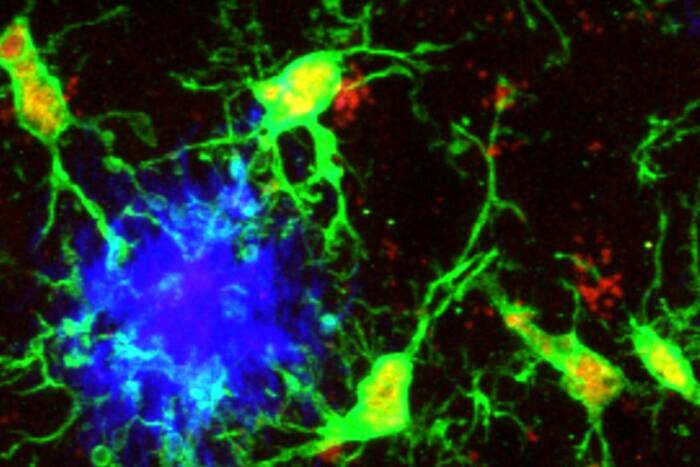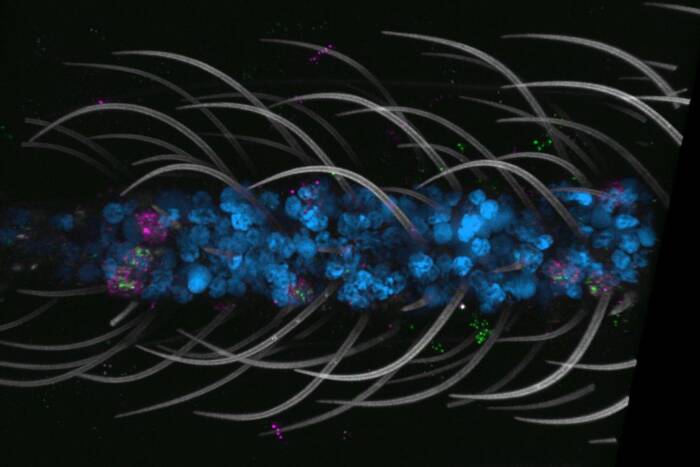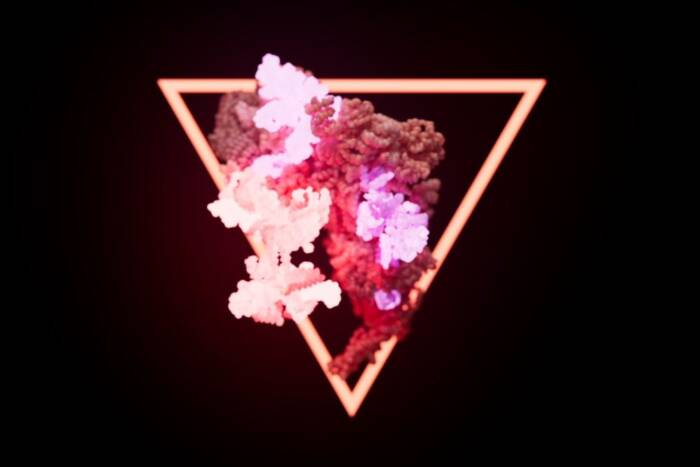Kıvanç Birsoy
B.S., Bilkent University
Transcriptional Regulation of Adipocyte Function
presented by Jeffrey M. Friedman
Michaelangelo described his craft as follows: “I saw the angel in the marble and carved until I set him free.” This description well describes our experience as biologists. The marble is the mystery and wonder of life and the angel is the insights we glean and share with our colleagues. When embarking on a career in science, the excitement of this experience is boundless. Each new result, every new conclusion, all of our publications carry with them an elation that is hard to describe to those who have not experienced it. But with time, the novelty of each new result, conclusion or paper fades slightly, and the jubilation of each dims just a bit. But then something happens. To paraphrase Albert Schweitzer: In everyone’s life at some time, our inner fire dims. It is then burst into full flame by an encounter with another human being. We should all be thankful for those people who rekindle our inner spirit. For me, that person is Kıvanç Birsoy.
Kıvanç hails from Turkey, where he received the highest scores nationally out of two million students on a standardized test given to all high school seniors. For this, he received a watch and a plaque from the president of Turkey; I’m sorry to tell you, Kıvanç, this will probably not measure up. His high school science project in plant biology was selected as being one of the 15 best in Turkey and this enabled him to enter the Biology Olympics, which I wasn’t aware existed, where he won a medal. He was the first undergraduate at Bilkent University in Ankara to receive the president’s prize there. He also published an independent paper as an undergraduate in Turkey during a three-week rotation in the UK. He also had the highest GRE scores possible when he applied to Rockefeller and was accepted without an interview, and I was quite naturally delighted when he joined my laboratory.
We study the regulation of body weight and a key question relates to the mechanisms by which fat cells increase their mass in obesity and decrease it in leanness. This requires that we understand the nature of the ensemble of factors that turn genes on and off in fat cells. It was this problem that Kıvanç undertook. Kıvanç has contributed to this greatly by identifying the earliest transcription factor required for fat cell formation. He also introduced the firefly luciferase protein into fat cells so that he could observe their transcriptional activity by measuring little bursts of light in living animals as a means for dissecting the transcriptional network that makes fat cells what they are. As if this wasn’t enough, Kıvanç, working with another lab member, used these mice to identify fat, or adipocyte, stem cells, which was a major advance.
Seeing Kıvanç graduate is bittersweet. While it is clear that the time has come for him to move on in his career as a postdoctoral fellow with David Sabatini at MIT, I and the others in the lab will miss his intelligence, passion, cheerfulness, humor, drive and love of artisanal cocktails in hidden speakeasies around New York, which I must confess I helped introduce him to. In fact, at one point, we were literally concerned that he was going to go back to Istanbul to open a branch of the Milk & Honey cocktail franchise there. Despite the fact that Kıvanç is moving on, I will watch with great interest to see if he crafts more angels out of marble and then if, after a great long while, he has the great fortune of some day having the satisfaction of having someone like him rekindle his own flame.



